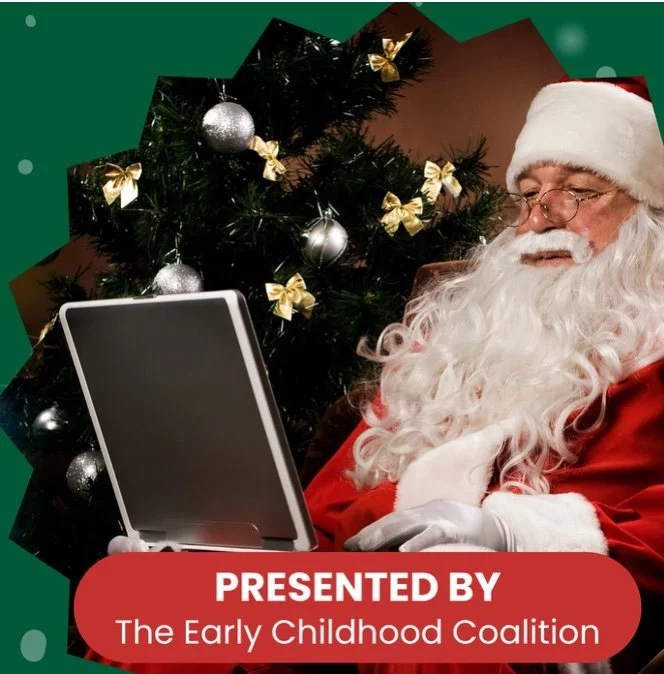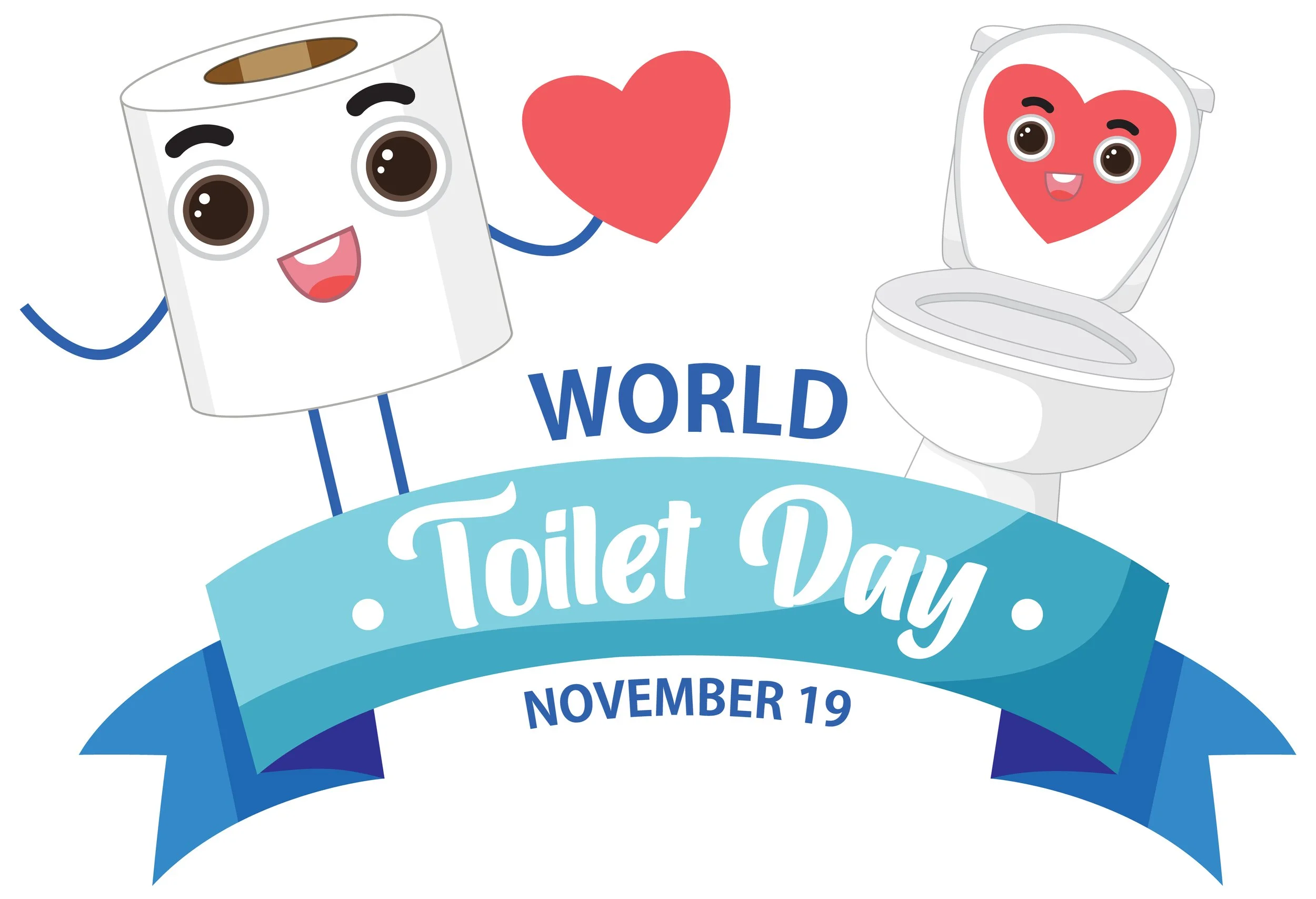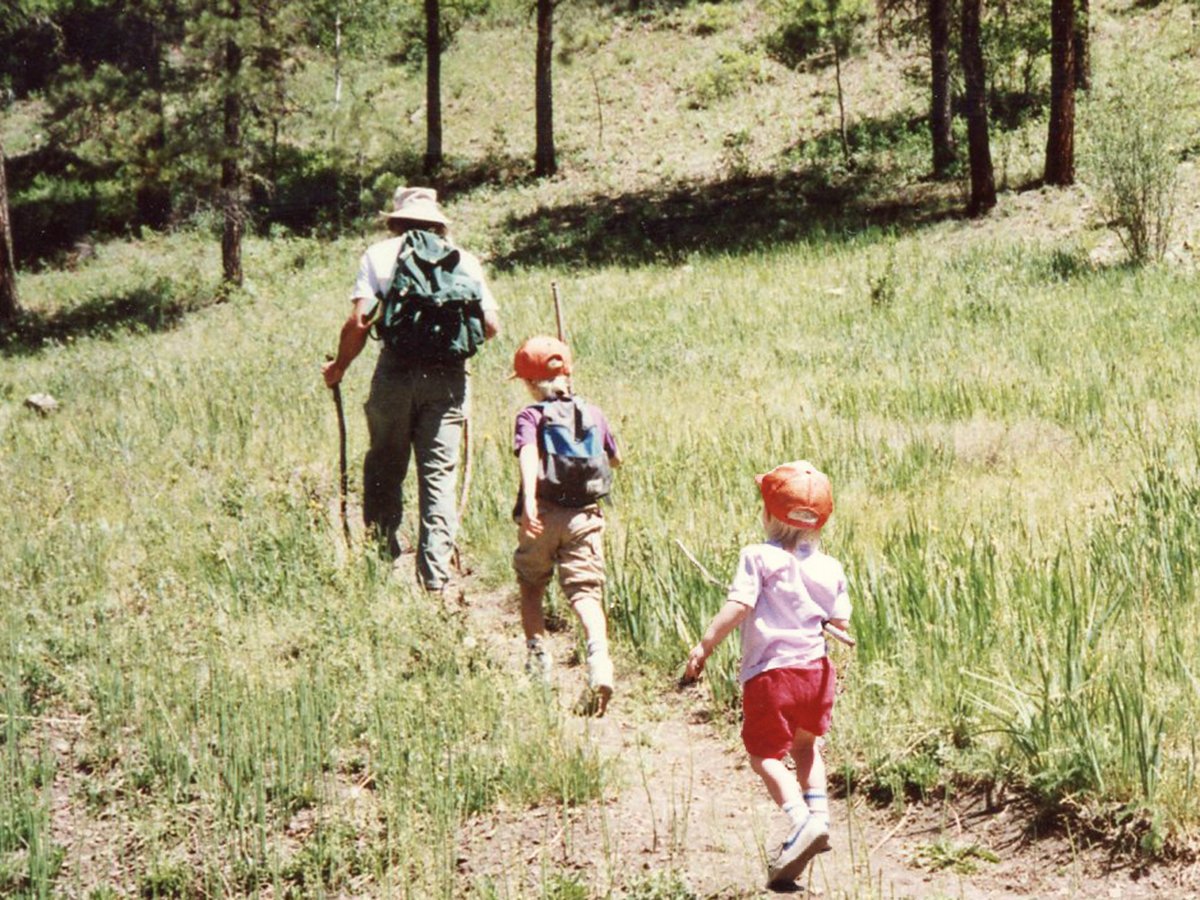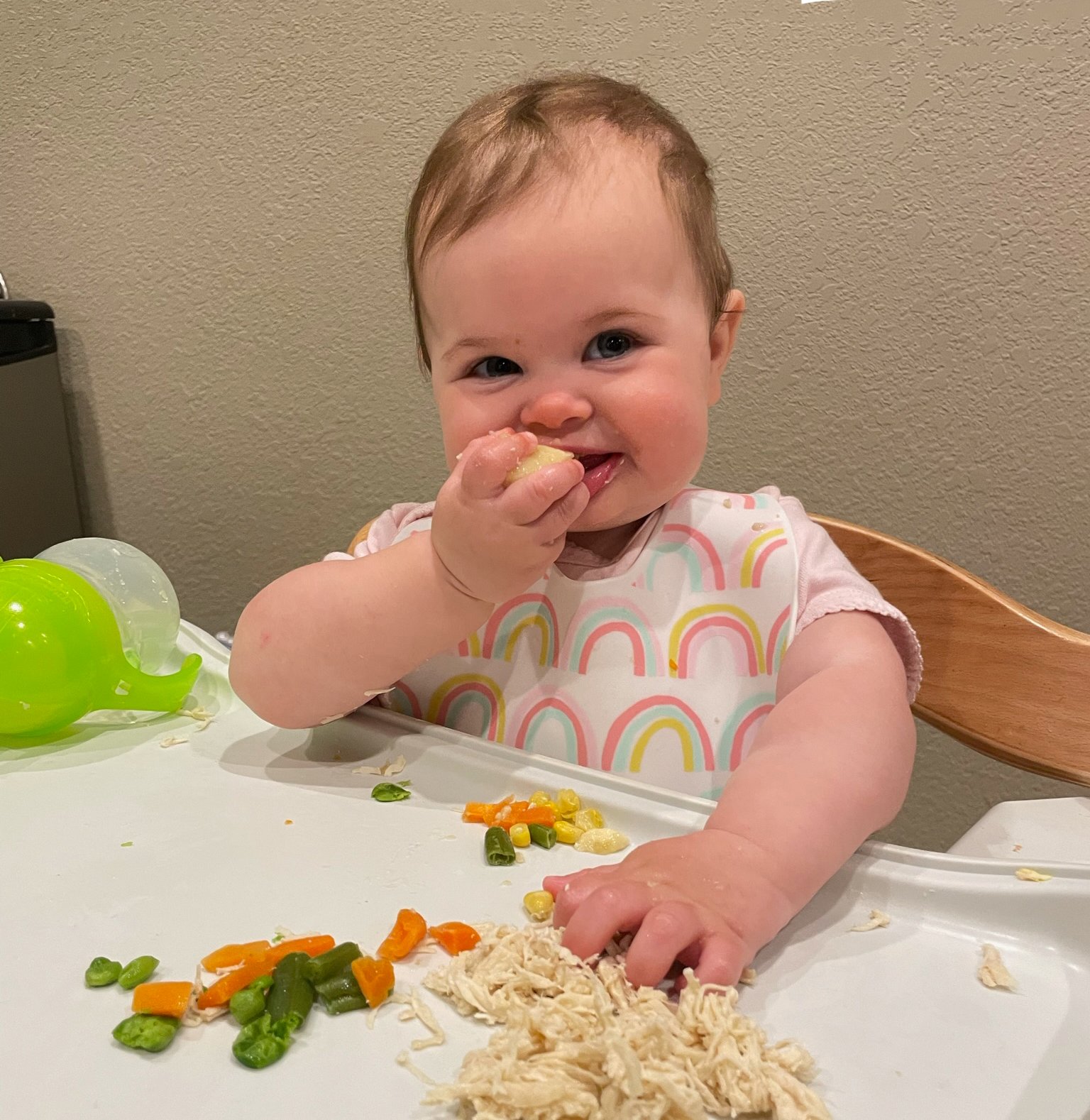Children ages one to three, are full of energy and curiosity. They are trying to master many skills, like walking, talking, and climbing. However, the biggest challenge for toddlers is becoming their own person. One of the major challenges for parents is allowing toddlers to develop their independence. With independence comes separateness from parents, along with the child’s message “I can do it myself, my way!” For most parents those words, and the attitude that goes with them, can be difficult to tolerate.
Parents can take comfort in knowing…
♦ All typically developing toddlers push for their independence.
♦ Each child has a unique timetable for this burst of “negativism”, but many parents will notice an increase in this difficult behavior around 18 months and again around 30 months.
♦ A common toddler response to frustration is a temper tantrum.
♦ Toddlers are having their own struggle, as they try to balance their need for independence with their need for dependence.
♦ Toddlers often respond with a loud “NO!” almost automatically, even when they really mean, “yes”.
♦ Toddlers often forget the rules parents set, so they make the same mistakes over and over again.
♦ The purpose of toddler’s negativism is not to be disrespectful. They are attempting to assert themselves as an individuals, separate from their parents.
♦ “Difficult” behavior during the toddler years will not last a lifetime. When parents allow their toddler to assert his independence in acceptable ways, the toddler can pass through this stage and move to the more cooperative, reasonable preschool stage.
♦ Older toddlers can be taught, with patience and understanding, the basics of appropriate social behavior.
Tips for parents…
♦ Keep your sense of humor when dealing with your toddler. It can be a joy to watch your toddler try new skills and practice his newfound independence.
♦ Don’t ask questions that will require a “yes” or “no” answer. The toddlers will undoubtedly say “NO!” For example, instead of “Would you like oatmeal for breakfast?” say, “Would you like hot or cold cereal?”
♦ Stay focused on the positive behaviors your toddler exhibits, as she explores her world and learns new skills.
♦ Avoid power struggles as much as possible. When a situation involves your child’s or someone else’s health or safety, then step in and assert yourself. If the situation involves the toddler’s need to be his own boss, without harm to anyone or anything, then consider allowing the child his independence. For example, parents must buckle their child in her car seat. But, a parent can allow the child to choose his own clothes, from several options.
♦ Flexibility is helpful when parenting toddlers! Parents need to be able to switch gears when a situation isn’t going well and the toddler is getting upset. This may seem to some that the child is “in control”; however, what is really happening is the parent is assessing the situation and making a choice to change for everyone’s benefit. For example, you ask your child to put the toys away and he says “No” and begins to whine. Instead of “sticking to your guns” and making him do it by himself you could say “Let me help so you can go outside and play”.
♦ Offer lots of choices. When toddlers have been given lots of choices, they’re more likely to accept those times when there is no choice. For example, “We must leave. Would you like to get in your car seat by yourself or do you want my help?
♦ Use humor and silliness to get her to do what you need her to do. Try to avoid demands on her behavior. For example, say, “I really need some help getting these wiggly, giggly toys in the silly, willy basket,” rather than “Put the toys away!”
♦ Focus on teaching the behavior you want, rather than on calling attention to the behavior you don’t want. For example, say, “I like it when you walk in the grocery store,” rather than “Stop running!”
♦ When you must set limits, be firm, yet kind about your expectations. Toddlers need parents to set limits for their safety and security.
Remember toddlerhood will last about two years. After this stage you can expect more cooperation from your child. Children need this stage of independence so that they can develop into people who know what they want and can think for themselves.
For more information, contact your county health department child guidance center.
Originally published by Child Guidance Services, Oklahoma Dept. of Health
